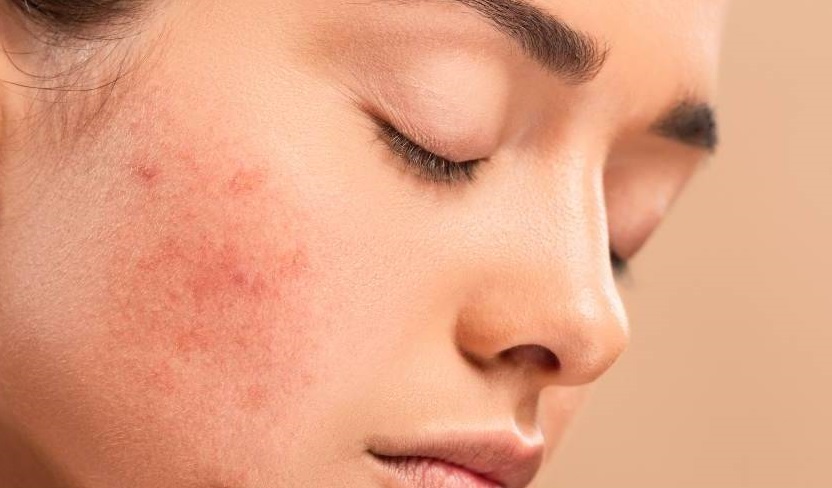Skin pigmentation issues such as dark spots, melasma, freckles, and uneven skin tone are common concerns that can affect confidence and overall appearance. With advanced dermatological treatments available today, patients have multiple options to address these conditions effectively. Two of the most widely recommended procedures are laser therapy and chemical peels. Both treatments aim to reduce pigmentation and promote healthier skin, but which one is best for you? Clinics like SKN Cosmetic Clinic in Islamabad offer both procedures, helping patients choose the right solution based on their unique skin needs. For those exploring Skin Pigmentation Treatment in Islamabad, this blog compares laser and chemical peel treatments to help you make an informed decision.
Understanding Skin Pigmentation
Skin pigmentation occurs when melanin, the pigment responsible for skin color, is produced in excess or unevenly. This can be triggered by:
- Sun exposure
- Hormonal changes
- Aging
- Post-inflammatory hyperpigmentation (e.g., after acne)
- Genetics
The result is dark patches, spots, or an uneven complexion, which often do not respond well to topical creams alone, making professional treatments a preferred choice.
What is a Chemical Peel?
A chemical peel involves applying a solution of acids (such as glycolic acid, salicylic acid, lactic acid, or TCA) to the skin. This solution exfoliates the top layers, promoting the shedding of damaged, pigmented skin cells. As new skin regenerates, it appears clearer, smoother, and more even in tone.
Types of Chemical Peels:
- Superficial Peels: Target mild pigmentation with minimal downtime.
- Medium Peels: Penetrate deeper, addressing moderate pigmentation and acne scars.
- Deep Peels: More intense, reserved for severe pigmentation but require significant recovery time.
What is Laser Treatment?
Laser therapy uses focused light energy to target and break down melanin deposits in the skin. The body’s natural healing process then clears away these pigmented cells, leaving behind a more even complexion.
Common Lasers for Pigmentation:
- Q-Switched Nd:YAG Laser: Popular for treating melasma and sunspots.
- Fractional CO2 Laser: Effective for deeper pigmentation and scarring.
- IPL (Intense Pulsed Light): Works on mild pigmentation and overall skin rejuvenation.
How Chemical Peels Help with Pigmentation
- Exfoliate damaged outer skin layers.
- Stimulate new skin cell growth.
- Improve skin texture and brightness.
- Enhance absorption of topical pigmentation treatments.
Pros of Chemical Peels:
- More affordable than lasers.
- Minimal downtime (for mild to medium peels).
- Suitable for various skin types.
Cons of Chemical Peels:
- Results may take multiple sessions.
- Not as effective for deep pigmentation.
- Risk of redness, peeling, or sensitivity.
How Laser Treatments Help with Pigmentation
- Break down pigment clusters directly.
- Stimulate collagen production for overall rejuvenation.
- Provide faster and more noticeable results compared to peels.
Pros of Lasers:
- Highly precise in targeting pigmentation.
- Effective for both superficial and deep pigmentation.
- Results visible in fewer sessions.
Cons of Lasers:
- Higher cost compared to peels.
- May involve more downtime depending on laser type.
- Not always suitable for very sensitive or darker skin tones (risk of hyperpigmentation).
Comparing Results: Laser vs. Chemical Peel
FactorChemical PeelLaser TreatmentEffectivenessMild to moderate pigmentationMild to deep pigmentationNumber of Sessions3–6 sessions2–4 sessions (on average)Downtime1–7 days depending on peel strength2–10 days depending on laser typeCostPKR 5,000 – 15,000 per sessionPKR 15,000 – 40,000 per sessionBest ForSurface-level spots, mild melasmaStubborn melasma, deep pigmentation, scars
Which Treatment Should You Choose?
The best choice between chemical peels and lasers depends on:
- Severity of Pigmentation: For mild pigmentation, peels are often sufficient. For deeper or stubborn pigmentation, lasers may be more effective.
- Skin Type: Those with sensitive or darker skin may respond better to chemical peels, while lasers require careful selection to avoid side effects.
- Budget: Chemical peels are more budget-friendly, while lasers are an investment with faster results.
- Desired Downtime: If you prefer minimal downtime, light to medium chemical peels may be better.
Safety and Side Effects
Both treatments are generally safe when performed by qualified dermatologists. However, side effects may occur if not properly managed:
- Chemical Peels: Temporary redness, peeling, or mild irritation.
- Lasers: Redness, swelling, or in rare cases, post-inflammatory hyperpigmentation.
This is why consulting a professional clinic is essential to minimize risks and achieve optimal results.
Cost of Pigmentation Treatments in Islamabad
- Chemical Peels: PKR 5,000 – 15,000 per session.
- Laser Treatments: PKR 15,000 – 40,000 per session.
Since multiple sessions are often required, the total cost can vary based on the severity of pigmentation and the chosen treatment plan.
Conclusion
Both chemical peels and laser treatments are highly effective solutions for pigmentation, but the choice depends on your skin type, pigmentation severity, budget, and lifestyle preferences. Chemical peels are more cost-effective and ideal for mild pigmentation, while lasers deliver faster, more dramatic results for stubborn pigmentation issues.
If you’re looking to restore clear, radiant, and even-toned skin, professional guidance is essential. For personalized Skin Pigmentation Treatment in Islamabad, visit the experts at SKN Cosmetic Clinic. With advanced technology and experienced dermatologists, they will help you choose the right treatment—be it laser or chemical peel—for your unique skin needs.





Comments